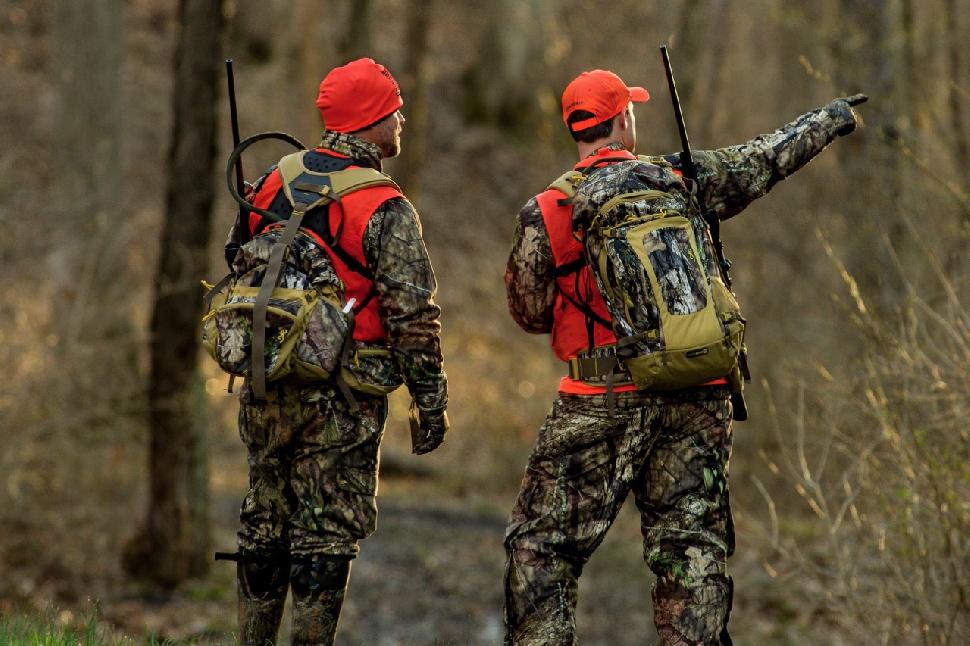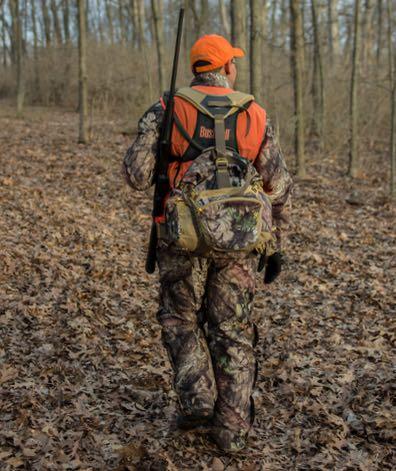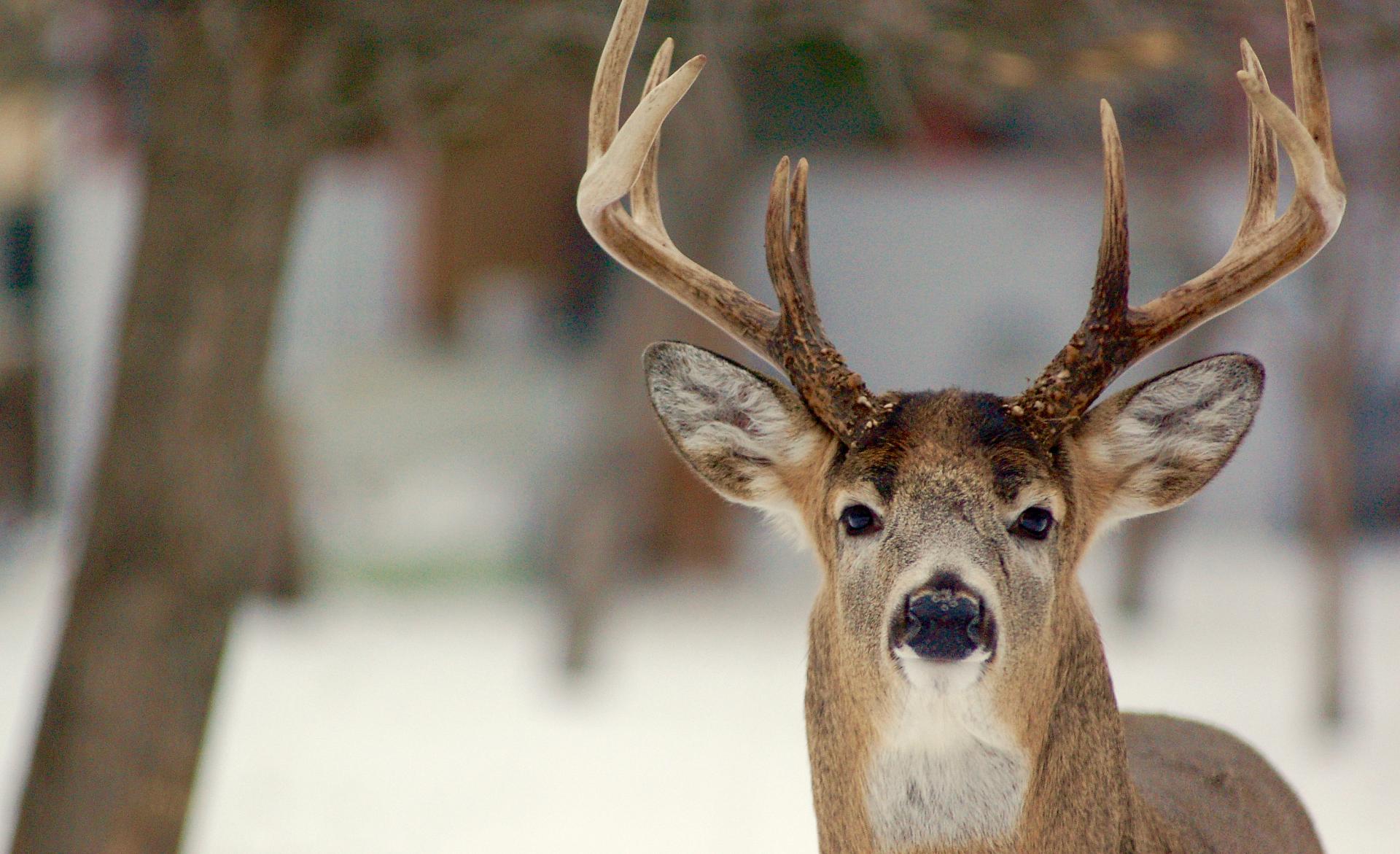Blueprints for Bucks
To Successfully Hunt White-tailed Bucks, You Need to Choose Just the Right Strategy
Advertisement

#4 Deer Drives
There was a time when deer drives were a common practice at camps across Canada, but their popularity has waned with the advance of gear and tactics that make other strategies easier and more fruitful. But make no mistake, drives remain a practical and effective way to root out monster bucks.
Pros
Deer drives are really a combination of stand hunting and still-hunting, and they’re most effective when you have manageable pieces of cover. The largest area I’ve pushed—which also served up my largest buck to date—was a half-mile square, with open landscape all around it.
Advertisement
To be successful, you have to get both the pushers and the posters—the shooters—into place with as little fanfare as possible. Plus, the posters have to be positioned in such a manner as to ensure the safety of all involved, while allowing them sufficient openings to comfortably shoot escaping bucks.
Drives can be successful at any time, but they’re a particularly great option in areas with high hunter pressure, where bucks lay low throughout much of the day. Fortunately, that often means little patches of isolated cover that are ideal to push. To be reasonably confident about what cover bucks are using, it pays to thoroughly scout the area beforehand. Otherwise, you risk investing significant time and energy with little to show for it.
I’ve listened to considerable debate as to whether a downwind or upwind drive is best. I prefer downwind, as it reduces the likelihood of a buck circling behind your pushers, while also increasing the likelihood of a standing shot for posters. And pushers don’t need to make a racket as they move through the bush. Instead, they should establish a quiet, orderly pace that simply nudges the deer along in front of them. It’s much better to have a buck think he can sneak out the end than have him bust out as though there were a marching band on his tail.
Advertisement
When drives are conducted properly, one of the great advantages is that you move virtually every deer in a patch of bush. That means you’re more likely to lay eyes on the area’s dominant buck than you would with any other tactic.
Cons
Cat herders have nothing on hunters trying to organize a deer drive. You’d think adults could follow a simple plan, but in the transition from napkin to bush, something invariably gets lost in translation, and mature bucks always seem to escape out the unguarded corner. To some extent, the more the merrier on a drive, as long as safety is considered, but that requires getting everybody to forgo other hunting plans and come to an agreement on how the drive will unfold.
Another downside to drives is there are times when the deer emerge on a dead run, so posters have to be ever vigilant about safety while also concentrating on making a difficult shot on a moving target. It’s not easy, so posters should be the most competent and mature shooters in your group. Deer drives are no place for egos.

Hunter Tip: Go Solo
As an alternative to group drives planned with military precision, solo hunters can often take advantage of the mistakes and careless hunting practices of others. Find a safe, high vantage point and watch as the pushers move through the bush, then situate yourself in a place to intercept the bucks that will inevitably evade the posters. You’ll be amazed at how often this poor man’s solo drive is the most effective strategy of all.

